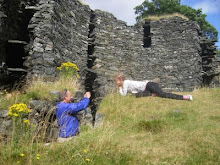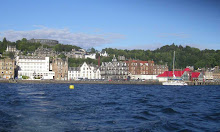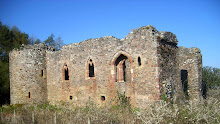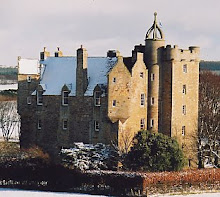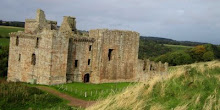
Speed, bonnie boat, like a bird on the wing,
Onward! the sailors cry;
Carry the lad that's born to be King
Over the sea to Skye.
There are two big clans on Skye - the MacDonalds and the MacLeods. When guiding out there I'm oddly reluctant to reveal that neither one supported the Jacobites in 1745, indeed that both chiefs signed up to support the government. Bonnie Prince Charlie arrived on Skye on 29 June 1746, disguised as Flora MacDonald's
arrived on Skye on 29 June 1746, disguised as Flora MacDonald's maid, piloted by Donald MacLeod of Galtrigal. One of the men tasked to search for him was the 22nd Chief of Clan MacLeod; another was Lieut. Alexander MacLeod of Talisker who commanded the local militia (and dined with Flora at Monkstadt on the night she arrived on Skye!).
maid, piloted by Donald MacLeod of Galtrigal. One of the men tasked to search for him was the 22nd Chief of Clan MacLeod; another was Lieut. Alexander MacLeod of Talisker who commanded the local militia (and dined with Flora at Monkstadt on the night she arrived on Skye!).
So why on earth did Charlie want to come to Skye? In short, government troops were closing in on him too fast on South Uist...where one of those meant to be searching for him was Flora's stepfather, Hugh MacDonald of Armadale, who was actually in on the plot to save him! It's complicated. Although the chiefs, and perhaps most men, were prepared to put their backs into finding Charlie (hoping to claim the reward of 30,000 guineas if they succeeded), there were enough loyal individuals to ensure his safety.
You see. Like everything to do with the Jacobites, it's complicated! But Pauline, our wonderful Clan Tour guide, will make it all seem quite simple!















































